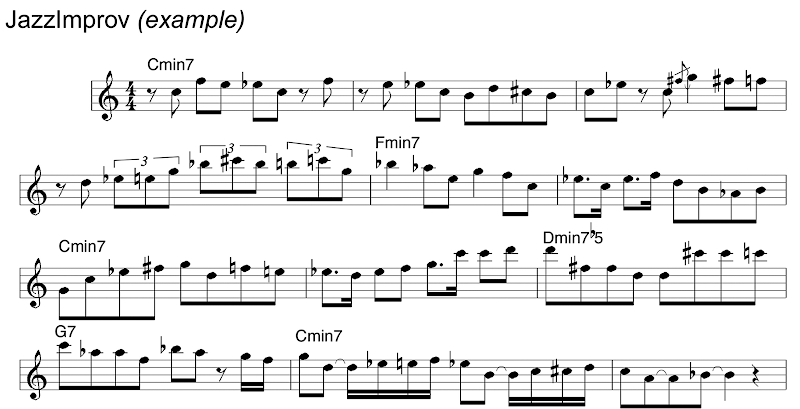
It is every physician's duty to help prevent cancer. For radiologists, this usually involves imaging patients with mammograms, chest X-rays, CT and MR scans. However, we are always delighted to learn from the media of low cost, low tech and zero-radiation alternatives that might reduce the risk of breast or prostate cancer. This news is especially intriguing when the suggested therapeutic tools are, respectively,
fellatio and
masturbation. (via
M.D.O.D)
These are research topics where achieving an adequate sample size just doesn't look like it's going to be a problem. A call for research subjects will attract long lines of not only patient volunteers, but also of medical researchers themselves, all willing to put themselves in the hands, so to speak, of science. Even a (ahem) hardened skeptic would be happy to extend the benefit of a doubt to this kind of research.
There's really no reason why you shouldn't go ahead and launch your own personal in-depth study of these pleasant hypotheses. However, before you apply for federal funding or publish your results, a bit of fact-checking would be a handy next step. As the saying goes, "great claims require great proof". These claims are, indeed, great. Really, really,
really great.
If they're true.
For example, take the first report: "
Fellatio may significantly decrease the risk of breast cancer in women". Gosh, if it's on CNN, there must be something to this. Not only that, the page includes related links to the New England Journal of Medicine, and the American Cancer Society.

Well...... no. If you carefully examine the URL for this report, you find that it's actually hosted on the site of some dude who may not actually work in journalism at all. The researcher's name does not turn up in a
PubMed search. Googling the name of the "researcher" turns up a much more believable tale -- that this page was a
spoof posted by a college student, who apparently
"responded to legal threats by apologising for the false report to his university and to CNN and to "all men who did not take advantage of this article in time ..."
Harumpf. At least one can still make a convincing case for breast
palpation among consenting adults.
Next, let's examine the claim that "
Masturbation 'cuts cancer risk'". This time though, the link is to the genuine
BBC news site. As in the first example, a researcher's name and institution are given -- this time, however, a
PubMed search does actually lead to a paper on this topic from a leading English-language urology journal, titled: "
Sexual factors and prostate cancer." The abstract is a bit terse, but delivers the following summary:
Ejaculatory frequency, especially in early adult life, is negatively associated with the risk of prostate cancer.
Gosh, this is sounding better and better all the time! However, a True Skeptical Warrior™ should exercise a bit more due diligence than just reading the abstract.

A perusal of the actual paper itself adds further evidence to the authors' claim. The study population of 1079 cases and 1259 controls would seem to be an exemplary sample size. The authors describe numerous confounding variables they controlled for, supportive evidence from other papers, and several potential (and testable) biological mechanisms whereby whacking off may also whack off some of the cancer risk.
Let's hear it for
real science. It would seem that things are looking promising for a Charge of the Onanist Brigade. Gentlemen, start your engines!
However, replication of results is the
cornerstone of science, and is especially important before drawing any causal inferences, even from a reputable study like this one.
A bit more searching on PubMed turns up the following subsequent study: "
Ejaculation frequency and subsequent risk of prostate cancer." This much larger study looked at 29,342 men, with 222,426 person-years (or wanker-years, if you will) of followup, and, alas, shows no relation between ejaculation frequency and the risk of prostate CA. I suppose that men will just have to look for other research that will support this kind of use of their therapeutic tools.
But, hope springs eternal that science will find and validate other reasons why we should all have a lot more sex a lot more often. Bettina Arndt of the Sydney Morning Herald has written a
delightful article on this topic, and points out several other hypotheses we might as well test while we're at it, such as: "ogling breasts makes men live longer" and "regular sex helps to avoid colds".
Just for the record, I am generally opposed to all forms of quack medicine. However, if one
must indulge, this kind is hard to beat.
 While searching for something completely different, I ran across this site, which gives one yet another reason to eat less and exercise more.
While searching for something completely different, I ran across this site, which gives one yet another reason to eat less and exercise more.












































 How and why did humans evolve the ability to make and hear music?
How and why did humans evolve the ability to make and hear music?






